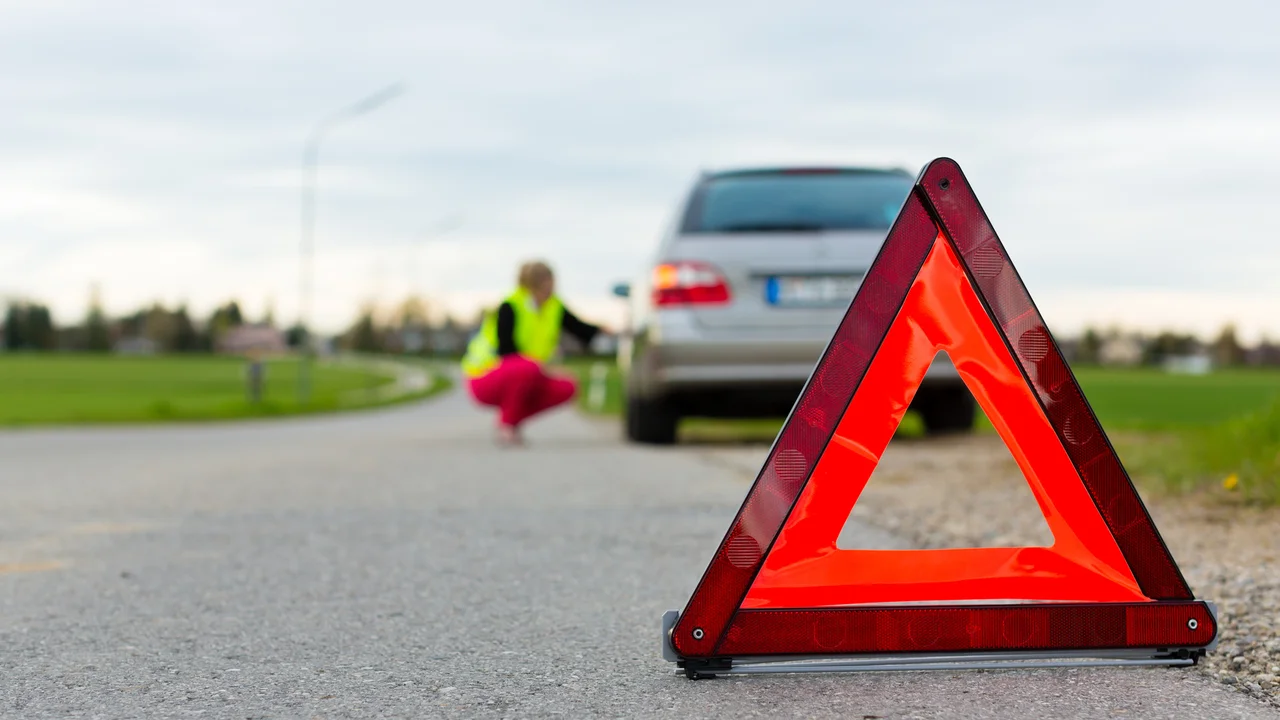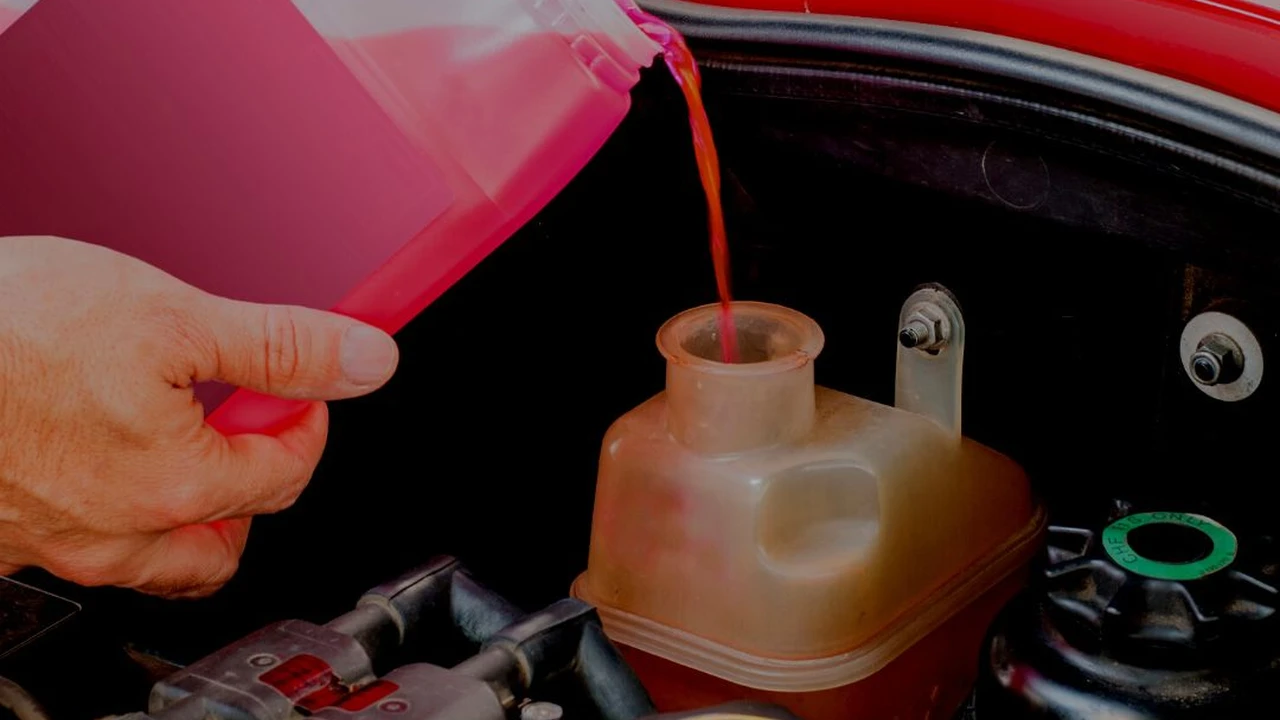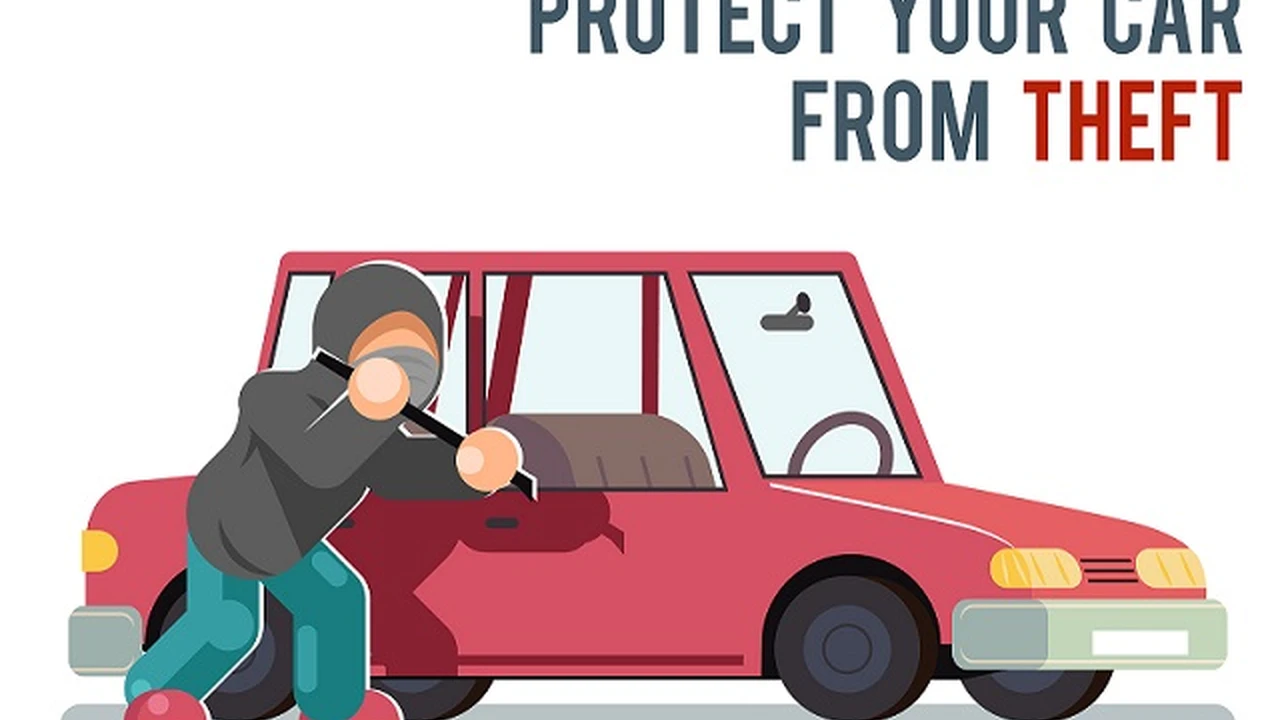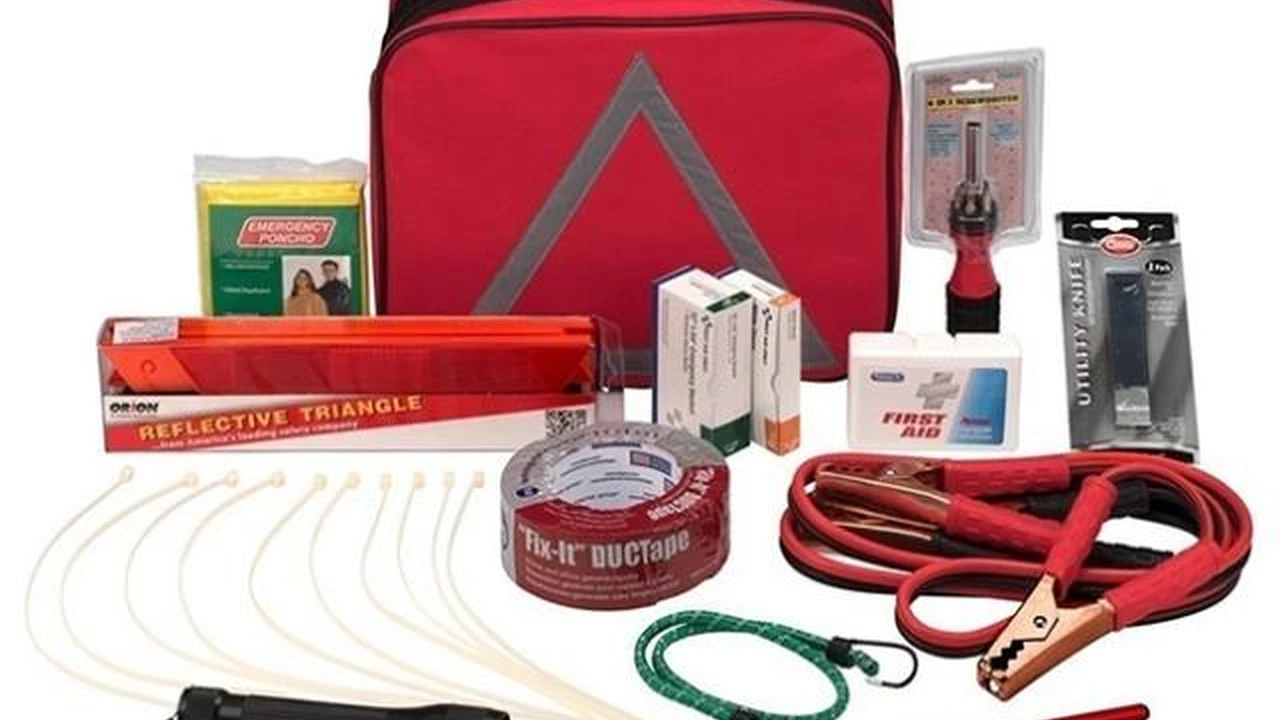How to Choose the Right Car Insurance: Protecting Yourself Financially
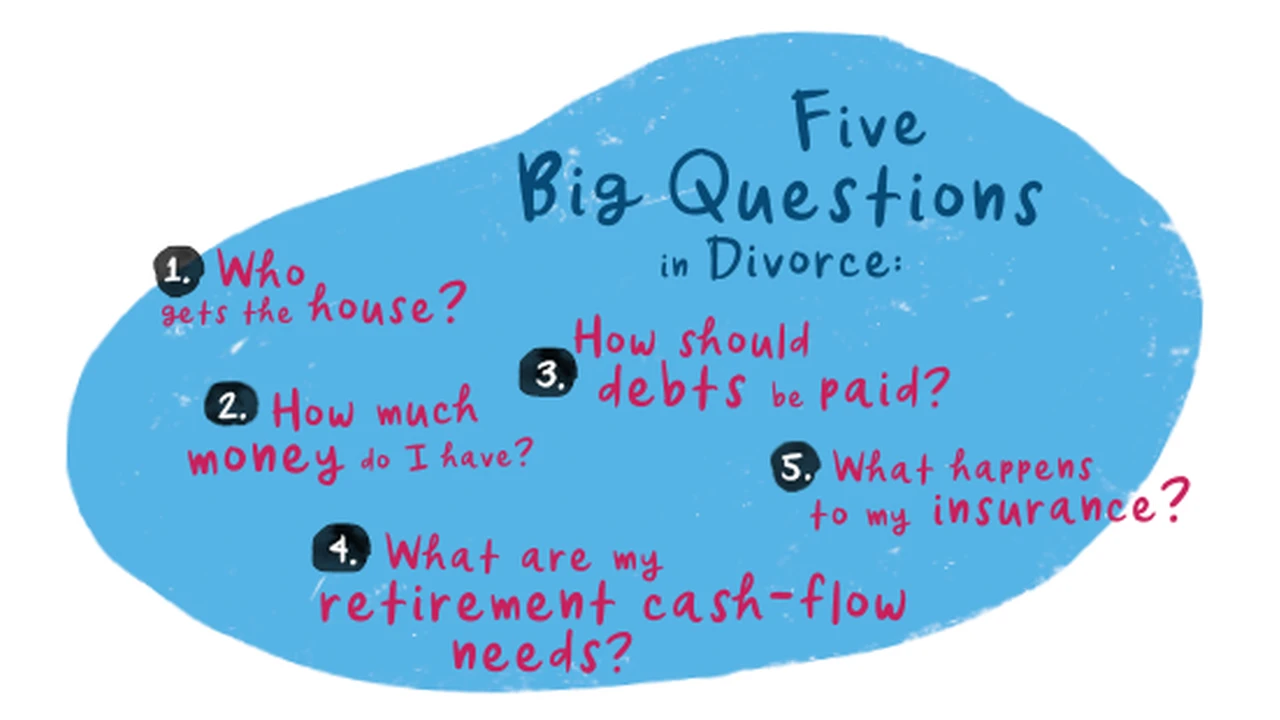
Understanding Car Insurance Basics Auto Insurance Coverage Explained
Okay, so you're looking to get car insurance. Smart move! It's not exactly the most thrilling topic, but trust me, having the right coverage can save you a ton of headache and money down the road. Let's break down the basics. Think of car insurance as a financial safety net for when things go wrong. You pay a premium (usually monthly or annually) and in return, the insurance company agrees to cover certain costs if you're involved in an accident or suffer other covered losses. There are a few key types of coverage you'll want to understand:
- Liability Coverage: This is the big one. It covers damages you cause to *other* people and their property if you're at fault in an accident. It's usually expressed as two numbers, like 50/100/50. The first number (50) is the maximum amount the insurance company will pay for injuries to one person. The second number (100) is the total maximum they'll pay for all injuries in the accident. The third number (50) is the maximum they'll pay for property damage. So, 50/100/50 means $50,000 per person, $100,000 total for injuries, and $50,000 for property damage. Get as much liability coverage as you can reasonably afford! Trust me, medical bills and car repairs add up *fast*. Minimum coverage required by your state is often NOT enough.
- Collision Coverage: This covers damage to *your* car if you collide with another vehicle or object, regardless of who's at fault. This is usually subject to a deductible, meaning you pay a certain amount out-of-pocket before the insurance kicks in.
- Comprehensive Coverage: This covers damage to your car from things other than collisions, such as theft, vandalism, fire, hail, or hitting a deer. Also subject to a deductible.
- Uninsured/Underinsured Motorist Coverage: This is crucial! It protects you if you're hit by someone who doesn't have insurance or doesn't have enough insurance to cover your damages. This is more common than you think, and it can save you from financial ruin.
- Personal Injury Protection (PIP): This covers medical expenses for you and your passengers, regardless of who's at fault. It's available in some states.
Determining Your Car Insurance Needs Risk Assessment and Coverage Levels
Okay, so now you know the basics, but how do you figure out how much coverage you actually *need*? This is where things get a little personal. You need to think about your individual risk factors and financial situation.
- Your Assets: How much money do you have in savings, investments, and other assets? If you cause a serious accident and are sued, those assets could be at risk. The more you have to lose, the more liability coverage you need.
- Your Driving Habits: Do you commute a long distance every day? Do you drive in heavy traffic? Do you have a history of accidents or traffic violations? The more you drive, and the riskier your driving habits, the more likely you are to be involved in an accident.
- Your Car's Value: How much is your car worth? If it's an older, low-value car, you might not need collision or comprehensive coverage. If it's a brand new, expensive car, you definitely want those coverages. Consider the cost of the premiums versus the potential payout if your car is totaled.
- Your Deductibles: A higher deductible means a lower premium, but it also means you'll have to pay more out-of-pocket if you have a claim. Choose a deductible that you can comfortably afford.
A good starting point is to get liability coverage that matches your net worth. If you have $100,000 in assets, aim for at least $100,000 in liability coverage. Don't skimp on uninsured/underinsured motorist coverage either. It's relatively inexpensive and can be a lifesaver.
Comparing Car Insurance Quotes Finding the Best Deals Online and Offline
Alright, you know what coverage you need. Now it's time to shop around! Don't just go with the first insurance company you find. Get quotes from multiple insurers to compare prices and coverage options.
- Online Comparison Tools: Websites like Compare.com, The Zebra, and NerdWallet allow you to get quotes from multiple insurers at once. Just enter your information once, and they'll generate a list of quotes for you to compare. Be sure to read the fine print and understand what each quote includes.
- Independent Insurance Agents: An independent agent can get quotes from multiple insurers on your behalf. They can also help you understand the different coverage options and choose the right policy for your needs. They work for you, not the insurance company.
- Direct Insurers: Companies like GEICO, State Farm, and Progressive sell insurance directly to consumers. You can get quotes online or by phone. Consider getting quotes from both direct insurers and independent agents to see which offers the best deal.
When comparing quotes, be sure to look at the following:
- Premiums: This is the amount you'll pay for the insurance policy.
- Deductibles: This is the amount you'll pay out-of-pocket if you have a claim.
- Coverage Limits: This is the maximum amount the insurance company will pay for a covered loss.
- Discounts: Ask about available discounts, such as discounts for being a safe driver, having multiple policies with the same insurer, or being a student.
- Customer Service: Read online reviews to see what other customers have to say about the insurance company's customer service. You want an insurance company that's responsive and helpful when you need them.
Understanding Car Insurance Policy Terms and Conditions Decoding the Fine Print
Before you sign on the dotted line, be sure to read the policy terms and conditions carefully. This is where you'll find the details about what's covered, what's not covered, and what your responsibilities are.
- Exclusions: Pay attention to the exclusions section. This lists the situations that are *not* covered by the policy. For example, some policies exclude coverage for racing or using your car for commercial purposes.
- Conditions: The conditions section outlines your responsibilities, such as reporting accidents promptly and cooperating with the insurance company's investigation.
- Definitions: The definitions section defines key terms used in the policy. Make sure you understand what these terms mean.
If you have any questions about the policy terms and conditions, don't hesitate to ask the insurance company or your agent for clarification. It's better to understand the policy now than to be surprised later when you have a claim.
Car Insurance Discounts Saving Money on Your Premium Affordable Car Insurance Tips
Everyone wants to save money on car insurance, right? Here are a few tips to help you lower your premium:
- Shop Around: As mentioned earlier, get quotes from multiple insurers to compare prices.
- Increase Your Deductible: A higher deductible means a lower premium.
- Maintain a Good Driving Record: Safe drivers pay lower premiums.
- Take a Defensive Driving Course: Some insurers offer discounts for completing a defensive driving course.
- Bundle Your Insurance: Get your car and home insurance from the same insurer to get a discount.
- Drive a Safe Car: Cars with good safety ratings often qualify for lower insurance rates.
- Pay Your Premium in Full: Some insurers offer discounts for paying your annual premium in full instead of monthly installments.
- Review Your Coverage Annually: Your insurance needs may change over time. Review your coverage annually to make sure you're not paying for coverage you don't need.
- Ask About Low-Mileage Discounts: If you don't drive much, you might qualify for a low-mileage discount.
Recommended Car Insurance Products Reviews and Comparisons Top Car Insurance Companies
Okay, let's get into some specific product recommendations. Keep in mind that the best car insurance company for you will depend on your individual needs and circumstances. These are just examples, and you should always do your own research and get quotes from multiple insurers.
- GEICO: GEICO is known for its competitive rates and user-friendly website and app. They offer a wide range of coverage options and discounts. GEICO is a good choice if you're looking for affordable coverage and easy online management. They also offer a "DriveEasy" program where you can get discounts based on your driving habits tracked by your phone. This is especially useful if you are a safe driver. GEICO's average annual premium for full coverage is around $1,400.
- State Farm: State Farm is a large, established insurer with a strong reputation for customer service. They have a network of local agents who can provide personalized assistance. State Farm is a good choice if you prefer to work with an agent and want a reliable insurer with a long track record. They also offer "Drive Safe & Save", similar to GEICO's program. State Farm's average annual premium for full coverage is around $1,500.
- Progressive: Progressive is another popular insurer known for its competitive rates and innovative products. They offer a "Name Your Price" tool that lets you customize your coverage and premium. Progressive is a good choice if you're looking for flexibility and want to find the lowest possible price. They are well-known for their Snapshot program, which uses a device plugged into your car to track driving habits. Progressive's average annual premium for full coverage is around $1,300.
- USAA: USAA is exclusively for military members and their families. They offer excellent rates and customer service. If you're eligible for USAA, they're definitely worth considering. USAA consistently ranks high in customer satisfaction surveys. USAA's average annual premium for full coverage is around $1,200 (for eligible members).
Product Comparisons:
Here's a quick comparison table based on key features:
| Insurer | Average Annual Premium (Full Coverage) | Customer Service Rating (out of 5) | Key Features | Usage Scenarios |
|---|---|---|---|---|
| GEICO | $1,400 | 4.0 | Competitive rates, user-friendly website, DriveEasy program | Budget-conscious drivers, tech-savvy users |
| State Farm | $1,500 | 4.5 | Strong customer service, local agents, Drive Safe & Save program | Drivers who prefer personalized assistance, value reliability |
| Progressive | $1,300 | 3.5 | Competitive rates, Name Your Price tool, Snapshot program | Drivers looking for flexibility, willing to share driving data |
| USAA | $1,200 (for eligible members) | 5.0 | Excellent rates, exceptional customer service, military-focused | Military members and their families |
Pricing and Availability:
The average annual premiums listed above are just estimates. Your actual premium will depend on your individual circumstances, such as your age, driving record, location, and the type of car you drive. All the insurers listed are available in most states in the US. Contact each insurer directly or use their online quote tools to get a personalized quote.
Example Usage Scenarios:
- Scenario 1: New Driver, Budget Conscious A young driver with a limited budget might find GEICO or Progressive appealing due to their competitive rates and potential for discounts through programs like DriveEasy or Snapshot. They could also consider increasing their deductible to lower their premium.
- Scenario 2: Family with Multiple Cars, Values Customer Service A family with multiple cars who values personalized assistance might prefer State Farm. They can bundle their car and home insurance for a discount and work with a local agent to ensure they have the right coverage.
- Scenario 3: Military Member A military member should definitely consider USAA. They offer excellent rates and customer service specifically tailored to the needs of military families.
Filing a Car Insurance Claim What to Do After an Accident Accident Reporting and Claim Process
Okay, you've got insurance, but what happens if you actually need to use it? Here's what to do after an accident:
- Stay Calm: Take a deep breath and try to stay calm.
- Check for Injuries: Make sure everyone involved is okay. Call 911 if anyone is injured.
- Move to a Safe Location: If possible, move your car to a safe location out of traffic.
- Call the Police: Call the police to report the accident. They will create an accident report.
- Exchange Information: Exchange information with the other driver, including names, addresses, phone numbers, insurance information, and driver's license numbers.
- Document the Scene: Take photos of the damage to your cars and the surrounding area.
- Contact Your Insurance Company: Report the accident to your insurance company as soon as possible.
- Cooperate with the Investigation: Cooperate with the insurance company's investigation. Provide them with all the information they need, including the accident report, photos, and witness statements.
The claim process typically involves the following steps:
- Reporting the Accident: You'll need to provide your insurance company with details about the accident, including the date, time, location, and a description of what happened.
- Investigation: The insurance company will investigate the accident to determine who was at fault and the extent of the damages.
- Damage Assessment: The insurance company will assess the damage to your car and provide you with an estimate of the repair costs.
- Settlement: If your claim is approved, the insurance company will offer you a settlement. You can negotiate the settlement amount if you believe it's too low.
- Payment: Once you agree to the settlement, the insurance company will issue payment.
Remember to keep detailed records of all communication with the insurance company, including dates, times, and names of people you spoke with. If you're not happy with the way your claim is being handled, you can contact your state's insurance department for assistance.
:max_bytes(150000):strip_icc()/277019-baked-pork-chops-with-cream-of-mushroom-soup-DDMFS-beauty-4x3-BG-7505-5762b731cf30447d9cbbbbbf387beafa.jpg)



